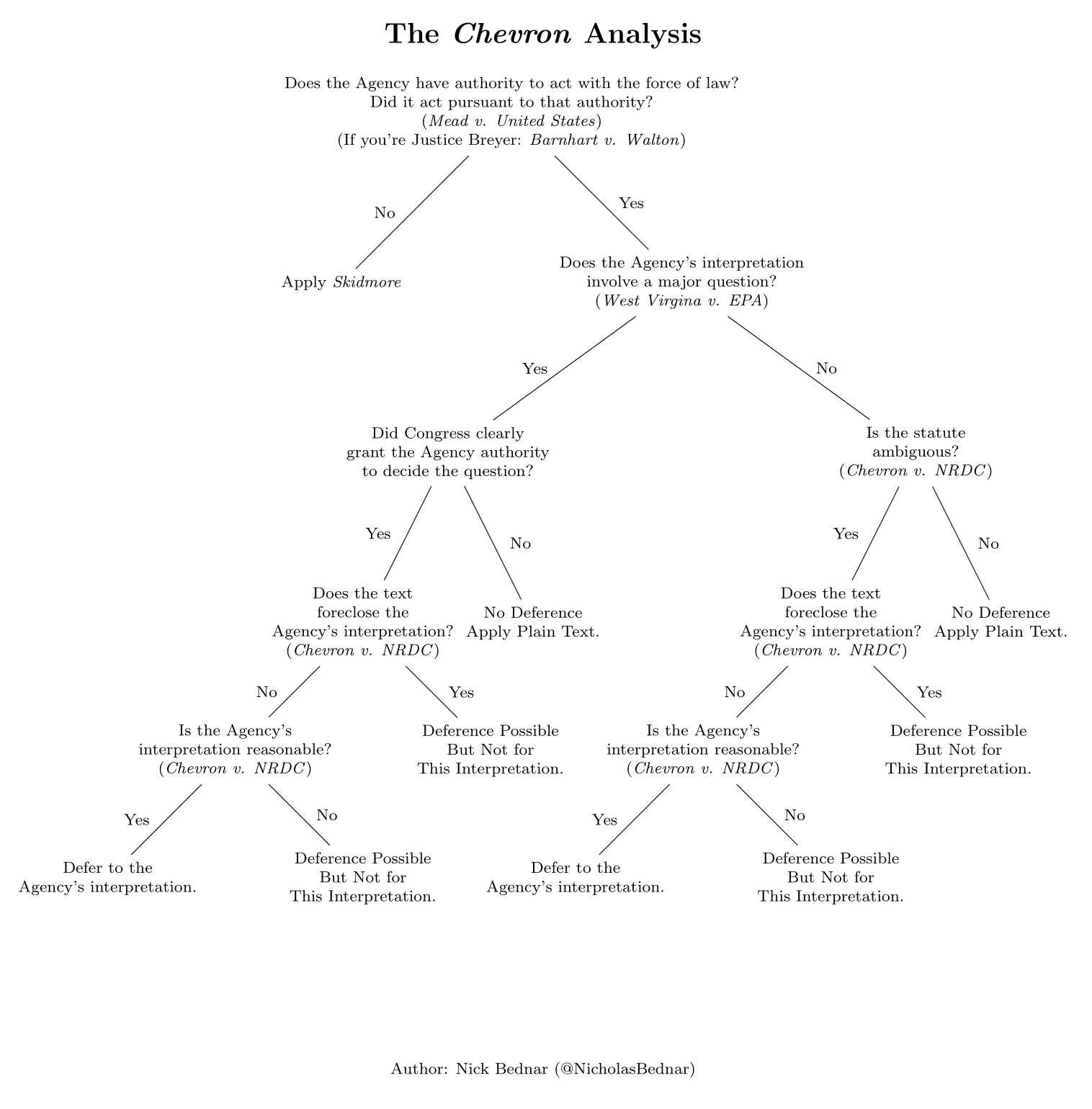Supreme Court Rejects Chevron Deference, Altering Regulatory Landscape
Landmark Ruling Could Have Far-Reaching Implications for Worker Protections
Background on Chevron Deference
Chevron deference, a legal doctrine established in the 1984 case Chevron USA Inc. v. Natural Resources Defense Council, granted deference to federal agencies in interpreting ambiguous statutes. This meant that courts would generally defer to an agency's interpretation of a law unless it was found to be unreasonable or arbitrary.
O'Bryant v. Chevron and the Overturning of Chevron Deference
In the recent case O'Bryant v. Chevron, the Supreme Court voted 6-3 to overturn Chevron deference. The case involved herring fishermen who challenged environmental regulations set by the National Marine Fisheries Service (NMFS). The Court found that NMFS had exceeded its authority by applying Chevron deference to interpret the relevant statute.
Implications for Worker Protections
The elimination of Chevron deference could have significant implications for worker protections. It may make it harder for the government to enact and enforce workplace regulations, as agencies would no longer have the same level of deference in interpreting the laws that govern them. This could potentially lead to less comprehensive and less effective regulations, and could make it harder to protect workers from hazards and ensure their rights.
Potential Impact on Labor Law
The overturning of Chevron deference could also affect labor law. The National Labor Relations Board (NLRB) has relied on Chevron deference to interpret the National Labor Relations Act. With Chevron deference gone, courts may be less likely to defer to the NLRB's interpretations, which could lead to less predictable and effective enforcement of labor laws.
Conclusion
The Supreme Court's decision to overturn Chevron deference is a significant development in administrative law and could have far-reaching implications for the regulatory landscape. It may make it harder for the government to enact and enforce worker protections and could affect the interpretation of labor laws. The full impact of the decision remains to be seen, but it is clear that it will have a major effect on the relationship between the government, businesses, and workers.


Komentar